Lolita Blog Carnival : The Importance Of Lolita Fashion Publications & Their Impact
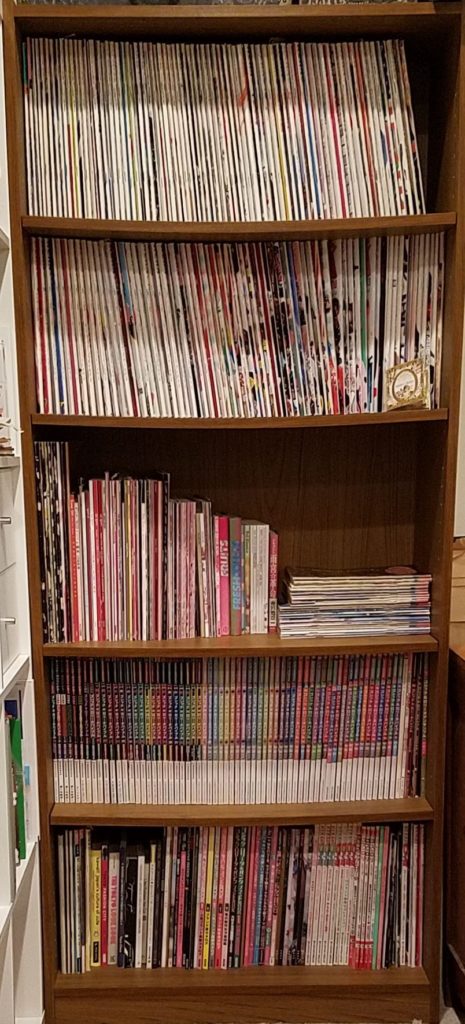
As some of you might already know, I collect lolita fashion publications, particularly older ones. I’ve posted scans of a tiny percentage of my collection to the Lolita History Gallery (alongside scans from other sources), for educational purposes. I don’t have an inventory of my collection anywhere that is even remotely up to date (it’s about twice the size it was when I inventoried it on EGL in 2013), but as a rough estimate I probably have about 300 – 400 pieces in my collection, which takes up pretty much a whole bookcase (which is slowly failing under the weight).
In addition to everything on the bookcase, there is also a selection of sketch catalogs and fliers which are not on the bookcase as they don’t do so well being stored that way. The stack of magazines sitting on the shelf horizontally is my small collection of early issues of Olive magazine. The smaller issues on top are from 1982-1983, and the larger issues are from 1996-1999. They are printed on a newsprint-like paper which is very delicate and warps when they are stood straight up and down on the bookcase.
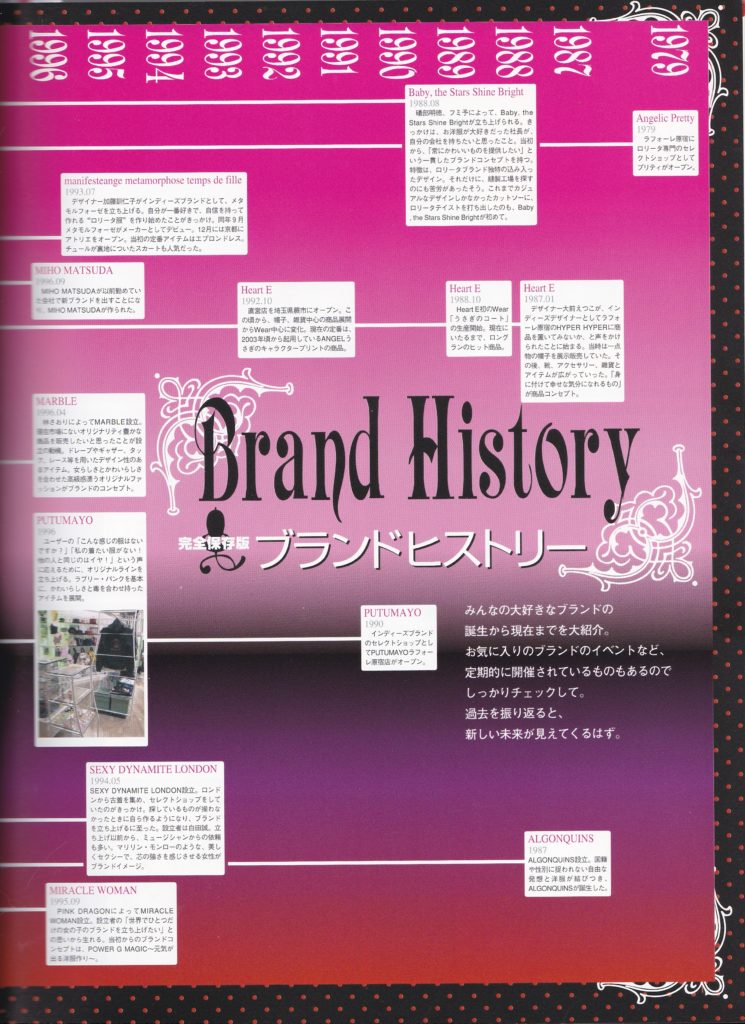
GLP Brand Book.
In case it’s not obvious, I absolutely think that publications are important. First and foremost, they contain our history. Lolita is a street fashion, there isn’t an army of historians writing down facts about lolita fashion for the history books of the future; the closest we really come to that is lolibrary. And as a lolita and a lolibrarian, something I have found is that a lot of the knowledge of the fashion is tied up in individual people’s experiences, memories and hard drives.
Unfortunately, lolita, like punk, is also a fashion that a lot of young people are interested in while they are young and then leave later. Which means, we constantly have this flow of knowledge out of the subculture, and a flow of new people back in.
A lot of the information about lolita online, again with the exception of things like lolibrary, is tied up in webshops, blogs, and social media communities, and those things have a shelf life. Some of them are recorded by tools like the wayback machine, but the wayback machine doesn’t really excel at dynamic content; it’s difficult to browse webshops, blogs, and social media sites on the wayback machine. Many of the brand shop blogs and user blogs that have existed over the years don’t exist any more, and recently, Geocities Japan, which was an amazing time capsule into lolita homepages of the past shut down.
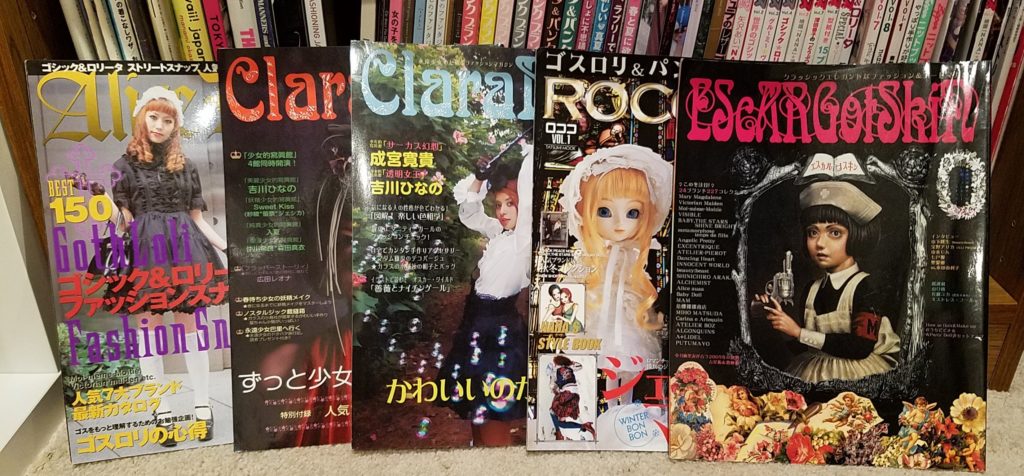
So, publications, to me, are important as snapshots of periods of time in lolita fashion history. Things like early gothic lolita bibles contain examples of how the fashion looked, and what the different brands were making two decades ago, long before most western lolita were introduced to the fashion. Timelines, interviews and advertisements of new brands and shops in older publications also helps us to piece together the history of the fashion.
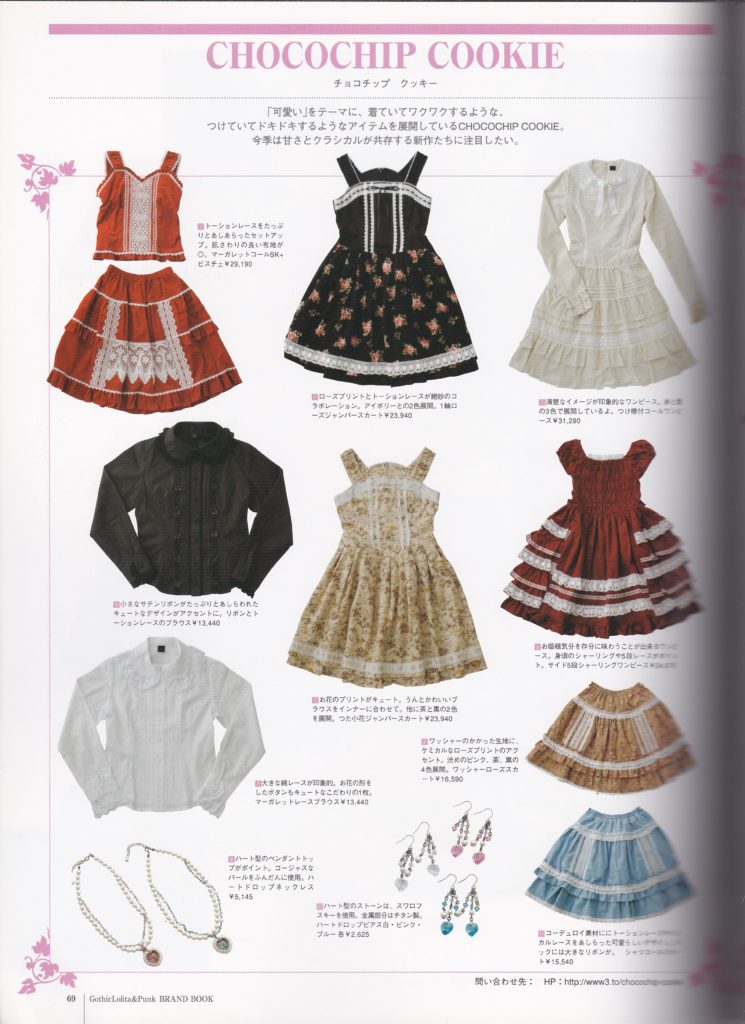
That said, there are different qualities of publications. Publications like the Gothic Lolita Bible (GLB), The Gothic Lolita Punk Brand Books (GLP Brand Book), and a lot of the smaller mooks that only had an issue or two are typically written for lolita, by lolita. These books are picture heavy with photoshoots, and advertisements for the latest collections. Even if you read no Japanese at all, you can really get a lot of enjoyment out of these books.
Unfortunately, because they are for people who know what lolita is, and wear lolita, they rarely state the obvious. They don’t explain what lolita fashion is, or that “Pretty” is a select shop; they assume their readers know this. This makes things a bit tricky when you are looking at them 10, 15, 20 years later. You just don’t have the same amount of context.
What was obvious to a lolita in 2002, may not be obvious to a lolita in 2010 or 2019; it might not even be true anymore.
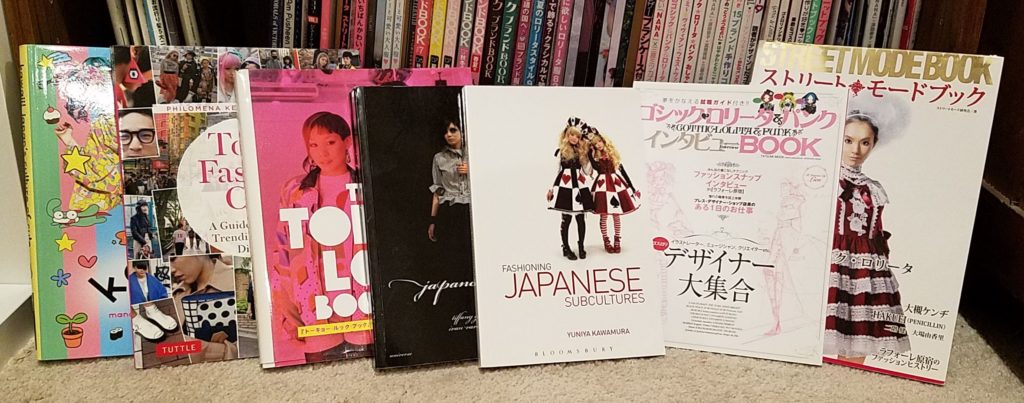
On the other hand, informational books written for outsiders or by outsiders about lolita, or Japanese street fashion in general are often very light on info and riddled with inaccuracies because the outsiders only get a surface level idea of what the fashion is. That said, some are better than others. Fashioning Japanese Subcultures (above) is particularly well written and informative (and in English). Interview books, like the two books above to the right can be amazing resources for information, even if they are sometimes dated. I think because western lolita are often much more detached from the designers and shops in Japan, these interview books can also fill in a lot of information about the designers who make the clothing, something that you might know if you attended brand events in Japan, but that is a little harder to find online or in other sources. Unfortunately, these two are both in Japanese.
Speaking of things that are hard to find online; very old information or information about fashion styles that pre-dated and influenced lolita is very scarce online. Older publications like Olive, which is credited with the birth of the Olive Girl style, a predecessor to lolita, give insight into what types of things were worn by the girls who would go on to inspire lolita fashion.
Olive Magazine (volume 2), Early/Mid June 1982. This issue devotes a large section to parasailing and planning a trip to visit Hawaii.
This particular issue of Olive is a little bit too old to show lolita influence directly, but what it does show is a lot of alice bands and British influence, which is still popular in brands like MILK and Emily Temple Cute today.
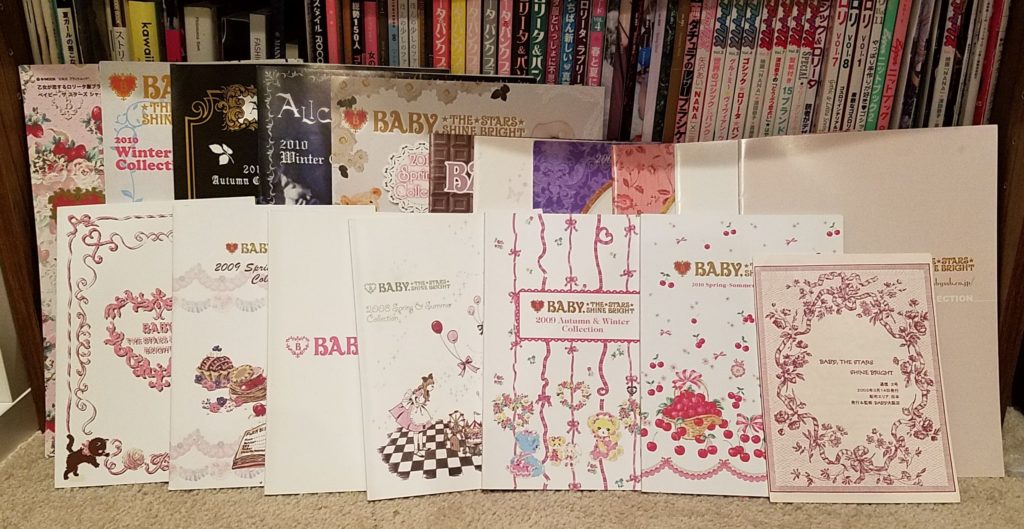
Another thing that lolita publications are useful for is simple item information for collectors and shops. Prior to lolibrary, if you wanted to know the name of an item, how much it retailed for, etc, you would need a whole bookshelf of Gothic Lolita Bibles or a full collection of brand catalogs.
One thing we have actually started to see, which is very interesting to me personally, is that some second hand shops / sellers around the world are actually starting to use lolibrary (even though it’s almost entirely in English), in place of large book collections.
March 2003 Baby the Stars Shine Bright Catalog. Magenta ink on pink card stock paper. A shop assistant has marked the local shop where this was given to the customer on back cover with a pink gel pen.
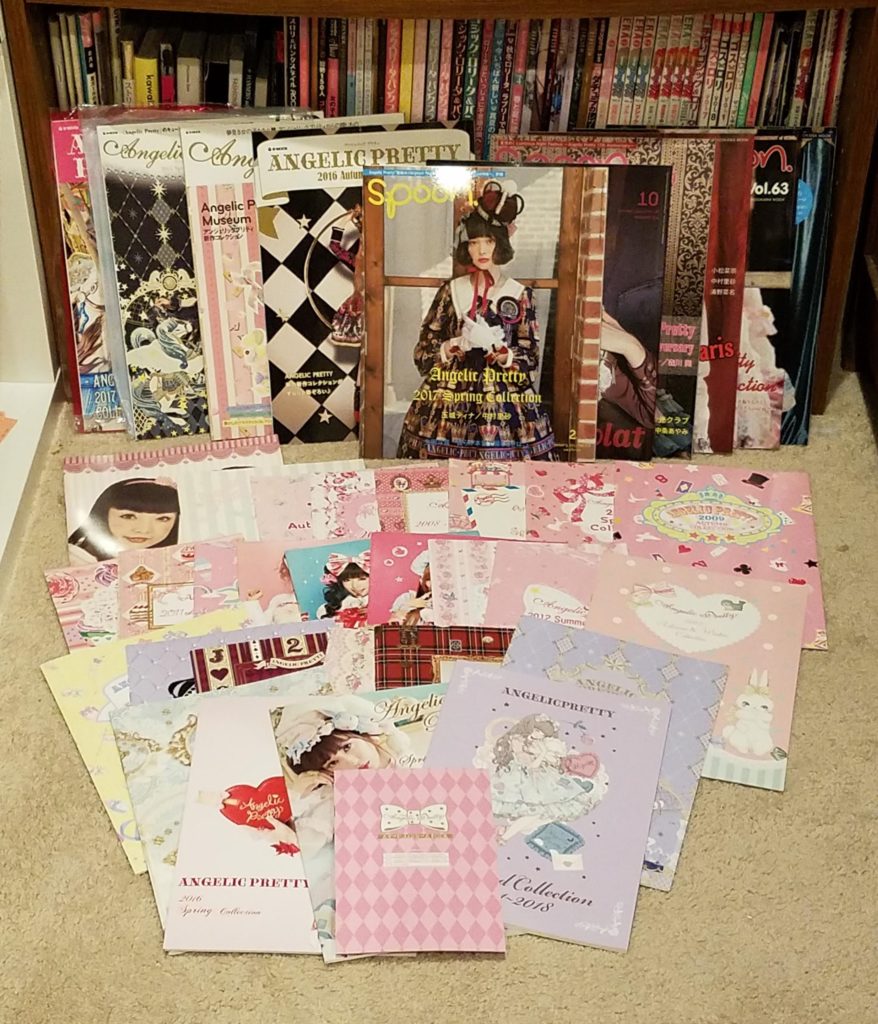
Of course, catalogs aren’t just useful history tools; they are also advertising tools and are often the first place to see new releases. For dedicated fans of brands like Angelic Pretty where releases can sell out in seconds, knowing what is going to come out before it does is critical information. But, for western lolita, this has always been a struggle. It’s hard to get the latest brand catalogs at all, let alone quickly. When Kera was in print, and the lastest items were in Kera, it was difficult to get Kera quickly as well (and by difficult, I mean you had to pay significantly more than a local Japanese girl would pay at the newsstand and wait at least 4 days for shipping, and that’s the best case scenario where you are getting it from Amazon Japan!)
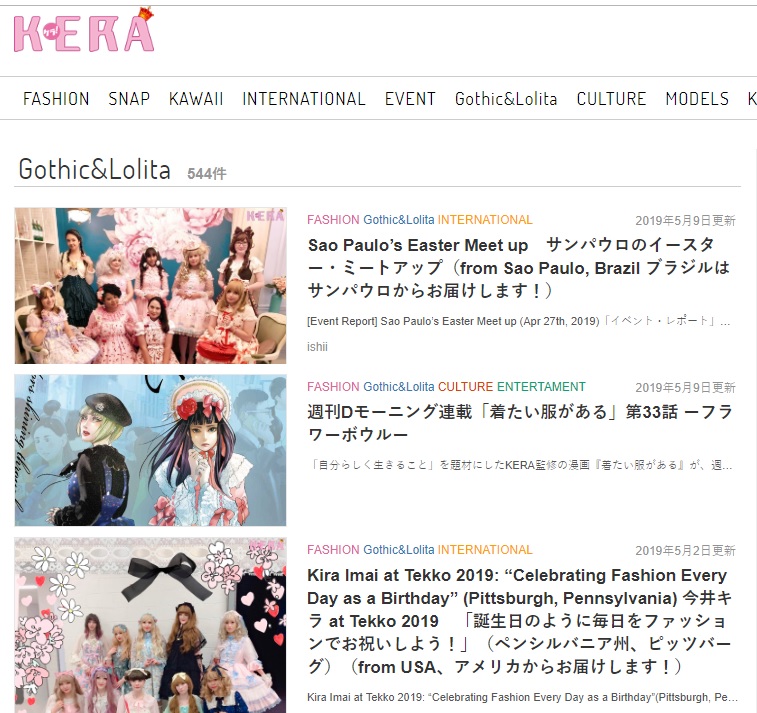
With Kera going out of print, and transitioning to online only, a lot of that information has moved more into the digital sphere, with information popping up on brand websites, blogs and social media well in advanced of release (or, well, at least a few days ahead of time, but that is not actually too far off of what it was when it was in print).
I think, this is actually for the best, when it comes to getting that information to western consumers. There have been people in the western community buying the publications just to snap a picture or quickly scan the info of new releases and convey that online for years now. Cutting out the middle man just helps the brand’s sales. Conversely, the fact that it was such a short turn around time between when you could get your hands on a magazine or book vs when the items came out for consumers in the western community, I think really hurt magazine sales to people in the western community. It just wasn’t worth it for most people to buy magazines for that purpose.
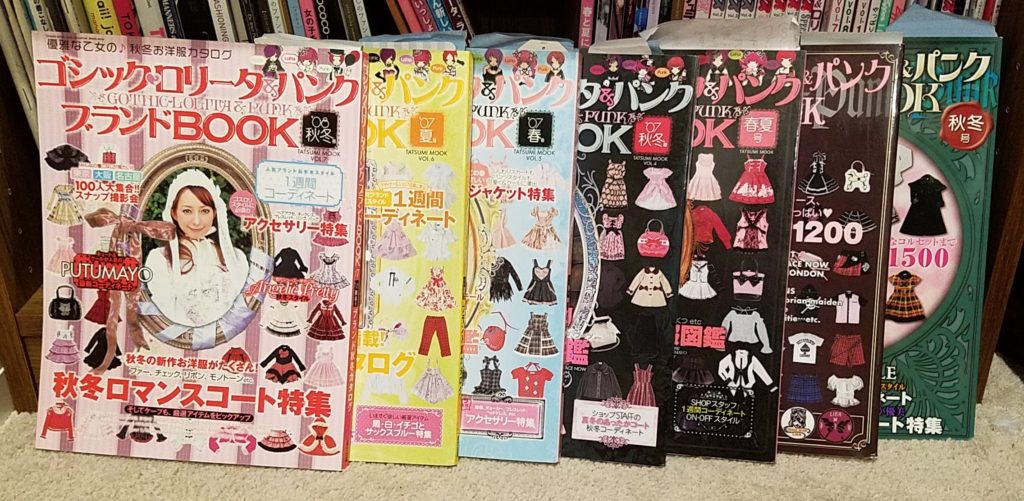
A lot of the western lolita community also doesn’t read Japanese, so the articles, with the exception of the hair and makeup ones that were mostly pictures, were lost on a lot of western consumers as well.
What western consumers really took away from the majority of the Japanese lolita publications, in my opinion, was the photoshoots. As Kera and the Gothic Lolita Bible were winding down, the editors of the GLB (I think?) actually mentioned at one point that the GLB was a lot more popular with western readers than it was in Japan. This is probably because the GLB was more lolita focused than Kera, and had a lot of really nice looking photoshoots. It was more of picture book, while Kera was more of a fashion magazine.
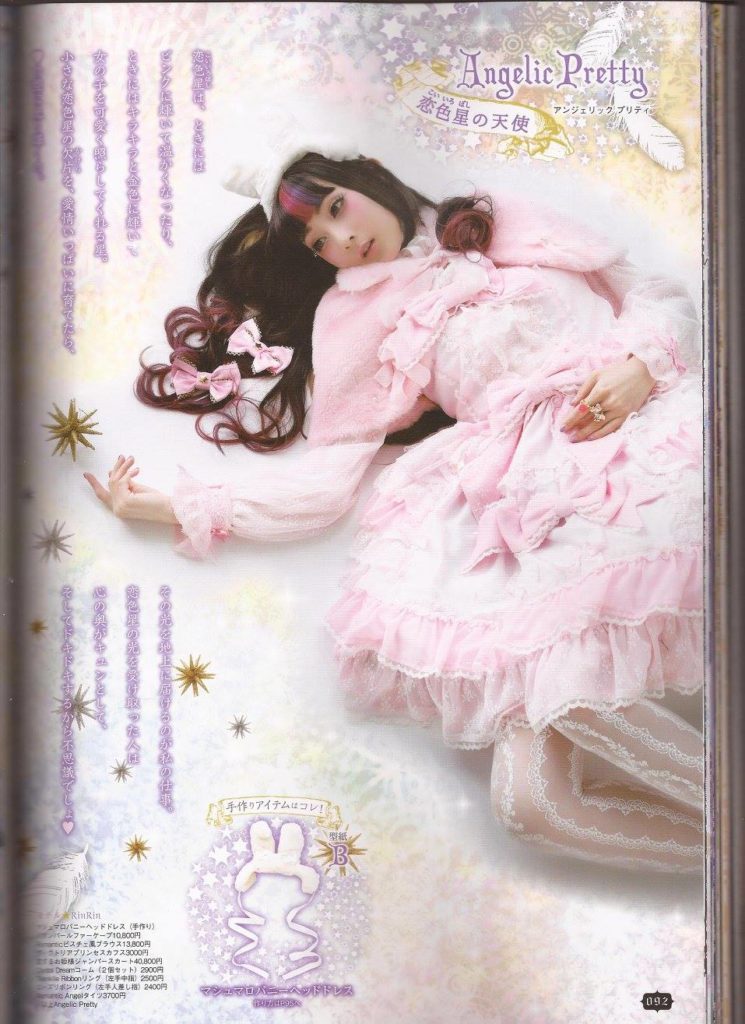
To a degree, I also personally think that those photoshoots are probably one of the most influential aspects of Japanese lolita publications in the west.
The gothic lolita bible in particular dressed their models up in full, expertly matched sets of clothing, with fantastic hair and makeup and sets. Every look is perfect. Every image is edited with cute filters and stickers. The coordinates are completely brand. The colors match, no hair is out of place, it’s advertising imagery through and through.
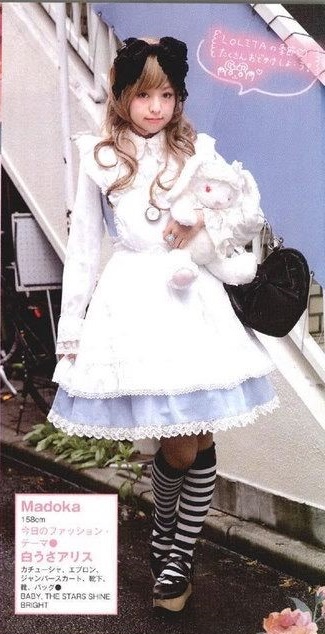
Event the street snaps which are presented like they are totally coincidental encounters with fashionable people around town, give a false sense of perfection. The truth is, a lot of the people featured were asked to come to a specific place, at a specific time, dressed their best.
For example, this super cute alice themed street snap just so happens to be in the back of Gothic Lolita Bible 56, which had an Alice in Wonderland Theme through out the whole issue. And while it’s certainly possible that it was an older street snap or that they went to an event that was Alice themed to get this, it’s far more likely that the girl pictured was informed they wanted Alice themed coords for street snaps and asked to show up to be photographed. This is someone in their most polished coord, not someone out buying groceries.
And that is a bit of a problem, in my opinion. Because the level of perfection on these pages makes it look like every Japanese lolita is always perfectly dressed. I mean, even the candid street snaps tell that story, right? So, if you don’t assume it’s staged, you might assume either that there are seas of lolita walking around the streets of Japan all the time and they just picked the best ones or that every Japanese lolita is perfect.
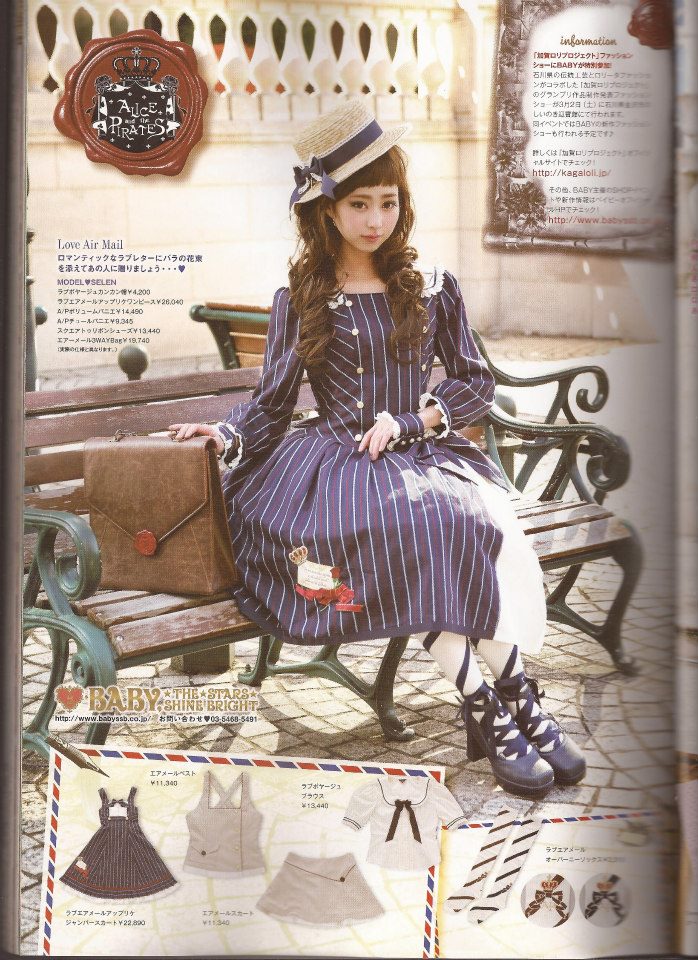
GLB 47
I think that level of perfection has deeply influenced what we, as western lolita, think is normal everyday lolita wear. You see it in comments on Closet of Frills, in feedback people give on coordinates, in the captions people put when they post selfies… we are fixated on this hyper-perfect version of what lolita is, and it’s not realistic. Heck, half the time, Angelic Pretty can’t get the socks from a series to actually be the same color as the dress, and don’t get me started on how many times they have used ribbon on a dress that is a totally different shade from everything else on the dress.
The fact is, wearing lolita in real life is way less perfect than photoshoots and advertisements in lolita publications would have you believe.
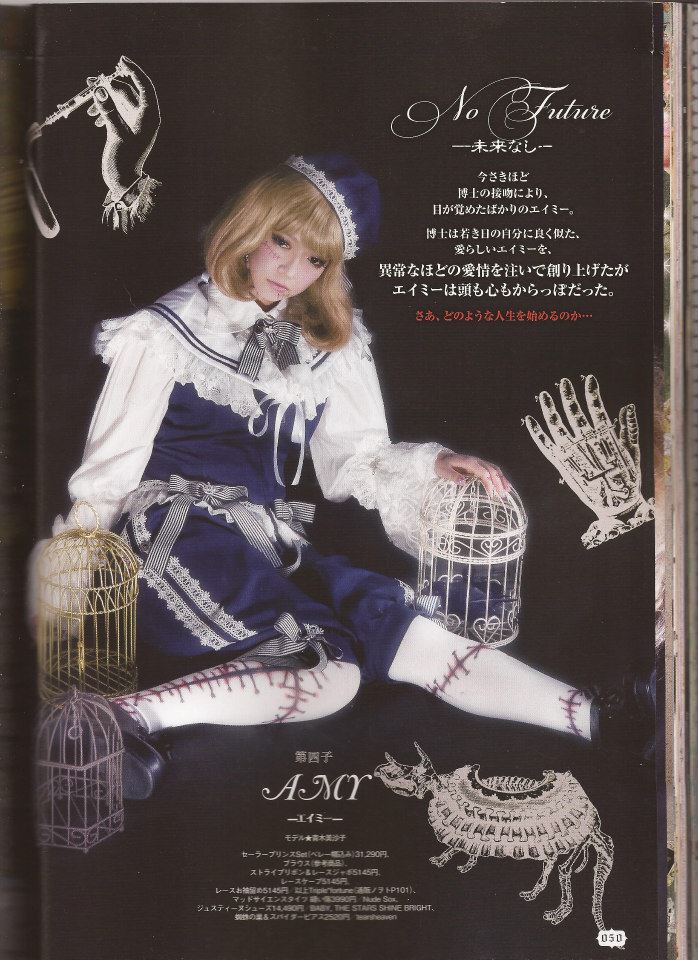
I also think some of the OTT or costume-ish nature of some of the photoshoots in publications like this has seeped into lolita in the west as well. Some of what is worn in these photoshoots is just for pictures; it’s not practical for everyday wear. We see someone posed with a birdcage or a scepter or some other prop in a photoshoot in the GLB, and that’s fine because it’s a photoshoot. But, then, we see someone showing up to a tea party and they are dragging along a birdcage, or a full sized scepter, or wearing giant costume wings. It’s almost become an unspoken contest at some big events to out OTT everyone else, and a lot that comes down to bringing in props, bringing in costume elements, bringing in these things that pop up in advertisements. And, it seems almost like because they are in the advertisements, and because the advertisements are considered ideal, these things “feel” ok, and like they are part of lolita, even though they likely aren’t being worn on the streets in Japan. There are other things, of course, which influence these OTT coordinates, like Insta / social media culture for example, but I do personally believe that photoshoots in magazines contributed to it at least in part.
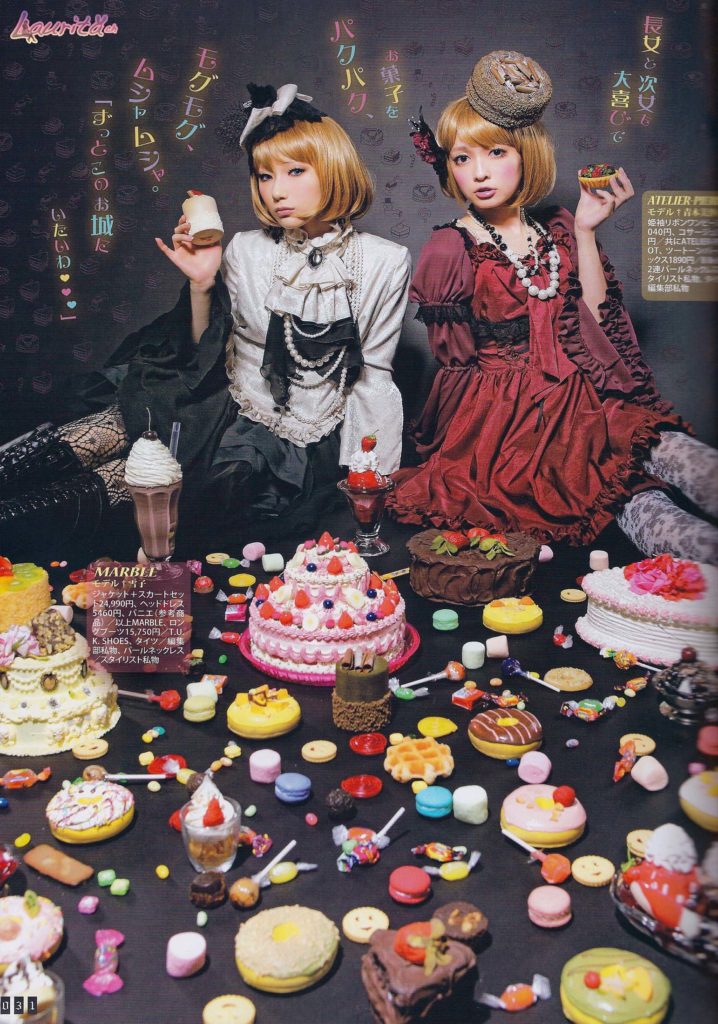
GLB 42
It’s not entirely a negative thing, it allows for a lot of creativity and self expression, but at the same time, when you introduce props, when you introduce items that are more costume pieces than they are fashion pieces, it pushes lolita away from street fashion and towards performance art. Which is fine, of course, but we can’t have our cake and eat it too. Either it’s performance art, and the public reacts like it’s performance art, or it’s fashion and people treating it like it’s performance art is rude. I’m certainly not going to try to tell anyone they can’t walk around town with a 4 foot tall spoon!
But, I would caution people when looking at staged photoshoots and consider that they are exactly that: staged photoshoots. Don’t pressure yourself to look like that every minute you are wearing lolita. And, when it comes right down to it, it might be best to leave the props at home the vast majority of the time. After all, grocery carts are kind of terrible at holding sceptars; they just fall through the mesh at the bottom.
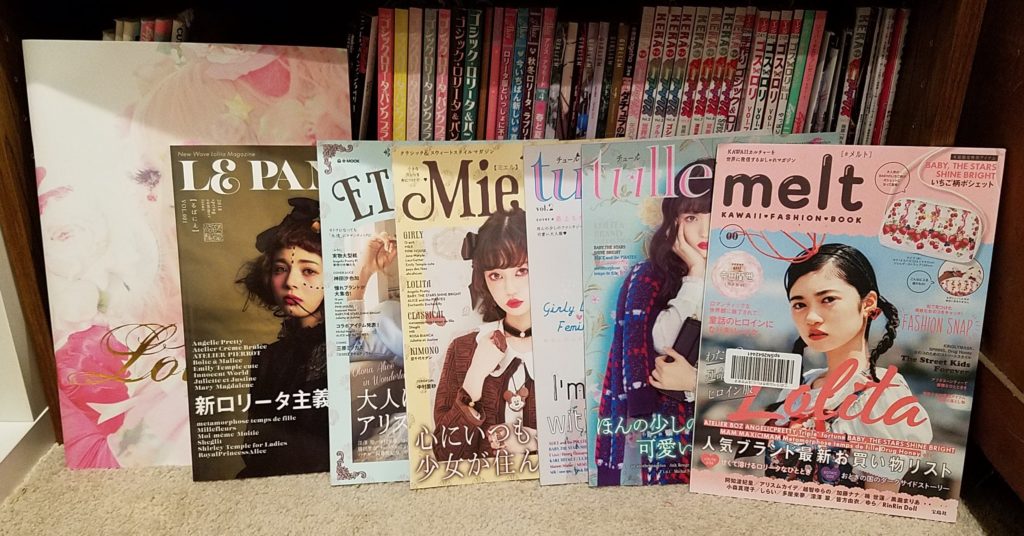
That’s not to say that looking at lolita publications is bad; they are great for inspiration, and a lot of fun! I actually think it’s really unfortunate that the GLB and Kera have gone out of print. There have been a few other mooks that have come out in recent years to try to fill that hole, but most of them published just one issue, or publish very sporadically. Lolicate (far left) is huge, and cool to look at, but it’s strictly an art book. I almost feel like I would have preferred it as a series of art prints that I could hang on the wall to a book. Some of the others are geared at an older audience and show toned down or more mature ways of wearing lolita, which is honestly pretty great.
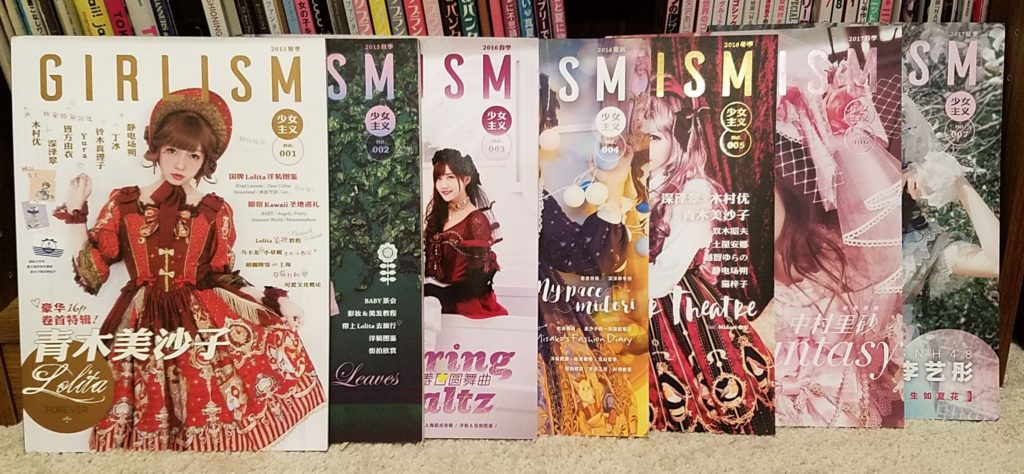
One mook that I’ve really come to enjoy as a picture book is Girlism (pictured above). Girlism is a mook that comes from China (you can get it from their Taobao shop), though they tend to feature Japanese brands and models in addition to Chinese brands. The photography and printing is really nice, and the photo studios/sets are really elaborate so it makes for some really stunning eye candy. They are also really generous with the freebies. Bags, makeup, postcards, clear files, the list goes on an on. You get better perks the sooner you order too, so it’s best to get an order in earlier than later. Actually, looking at their shop, I think I’m a few issues behind, so I guess I better put in an order before they sell out!
Do you have any favorite lolita publications? Do you miss the GLB? Have strong feelings about the use of props in lolita coords? Let me know in the comments below!
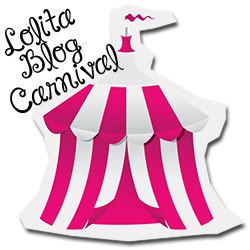
Other blogs participating in this theme:
♥ Cupcakes and Unicorns ❤ The Bloody Teaparty ❤

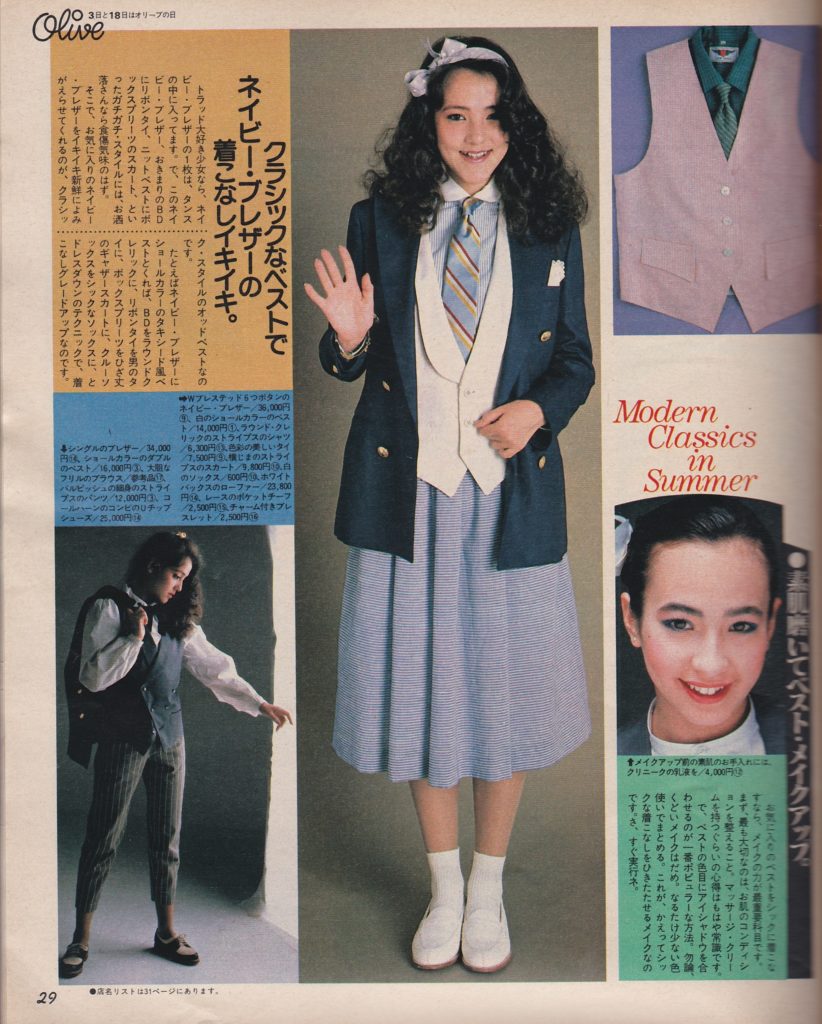
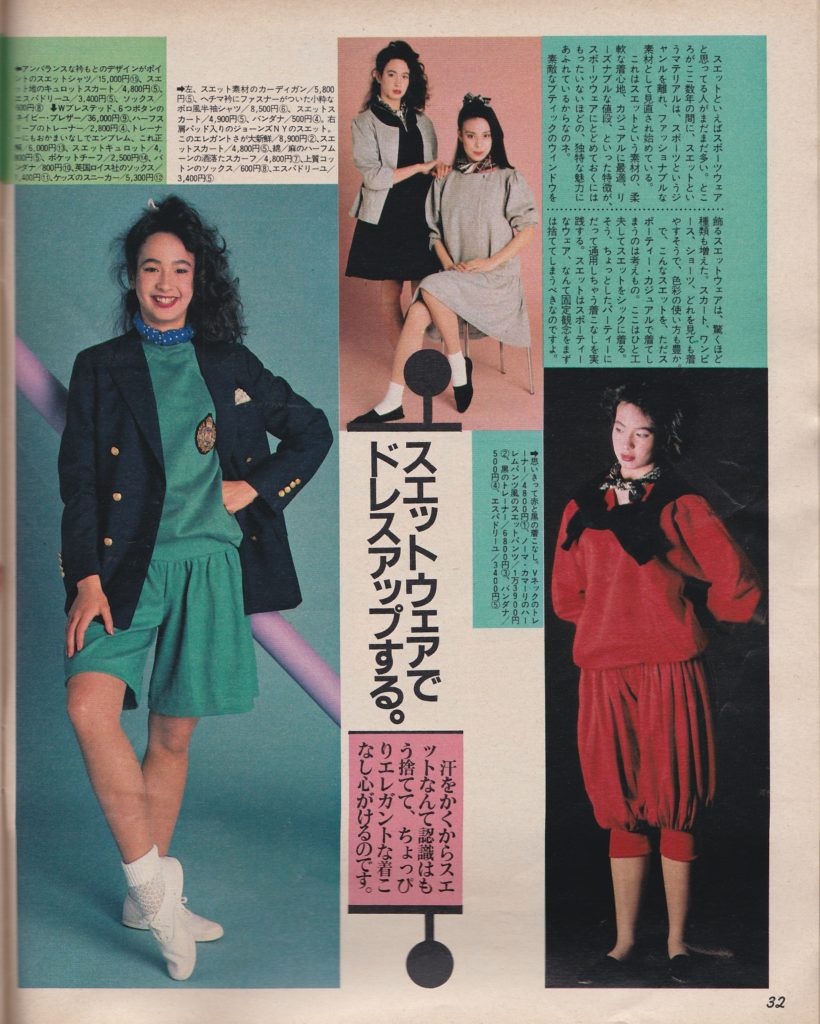
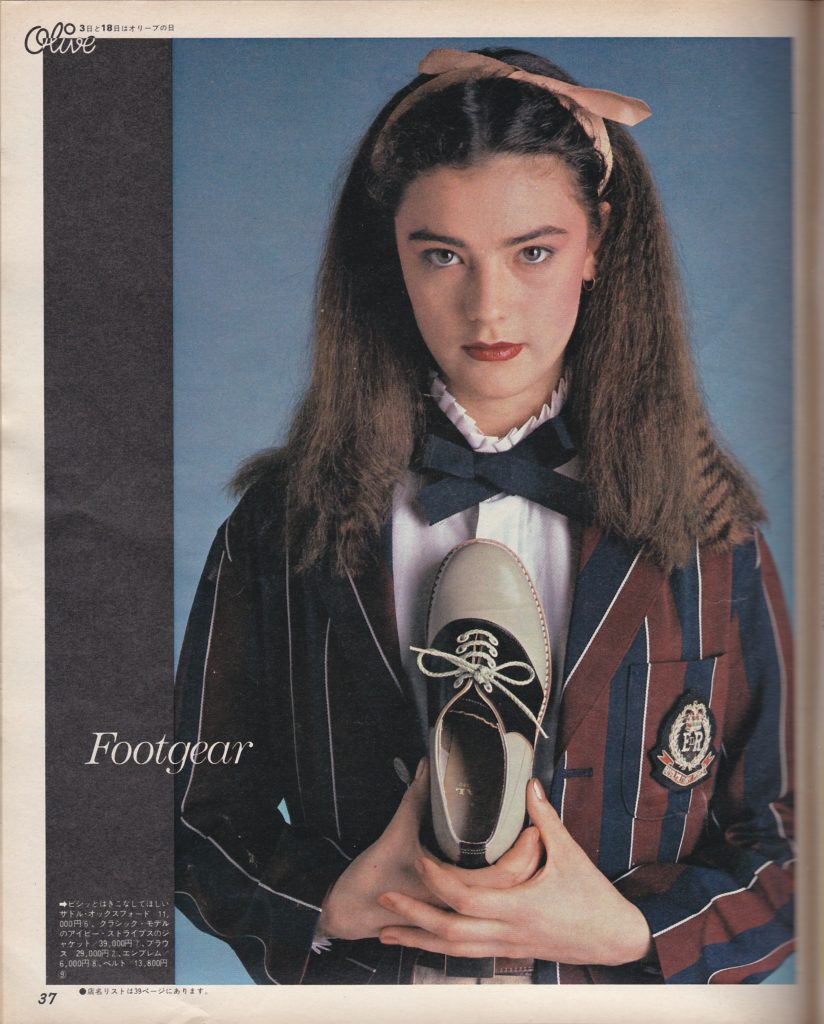
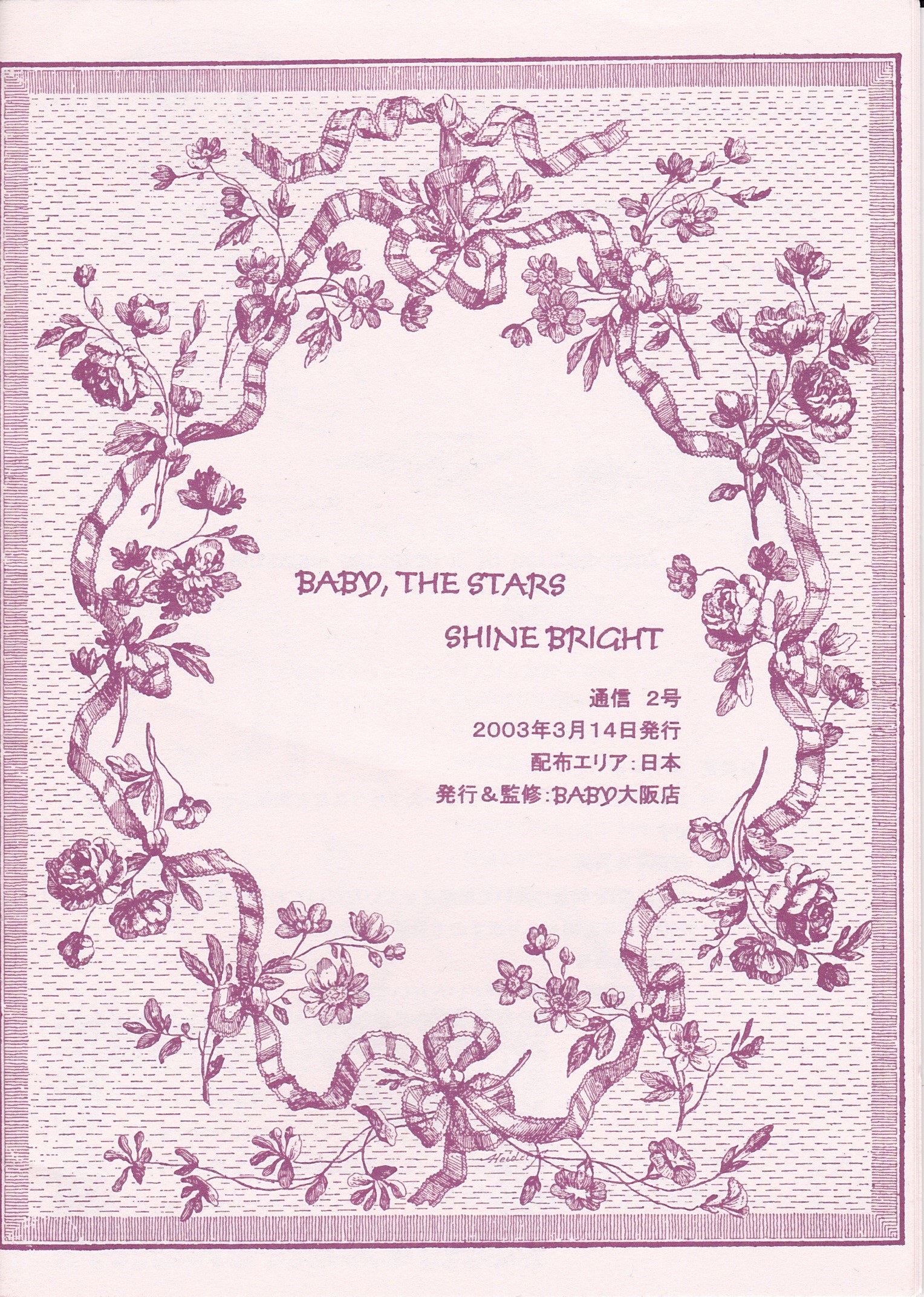
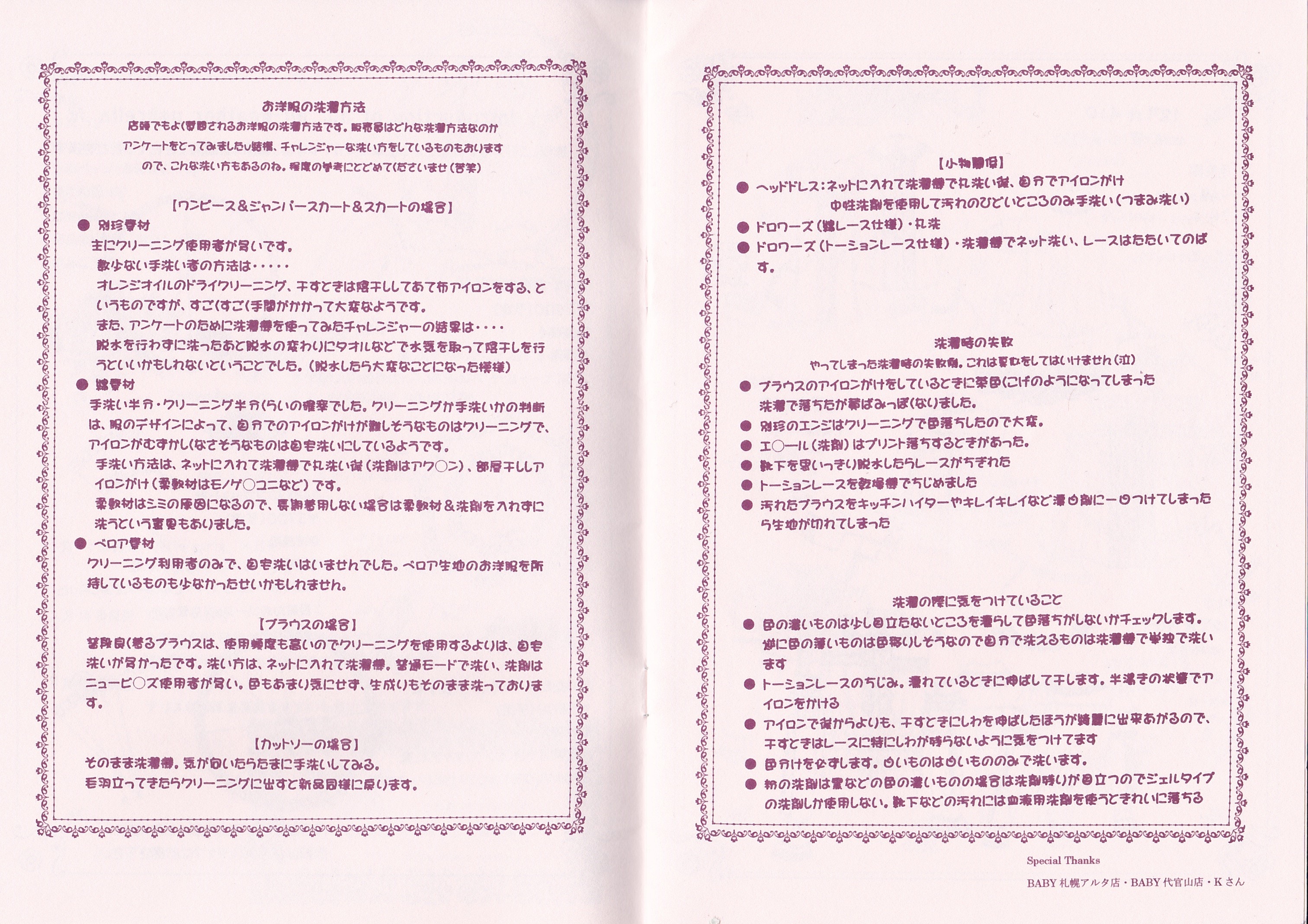
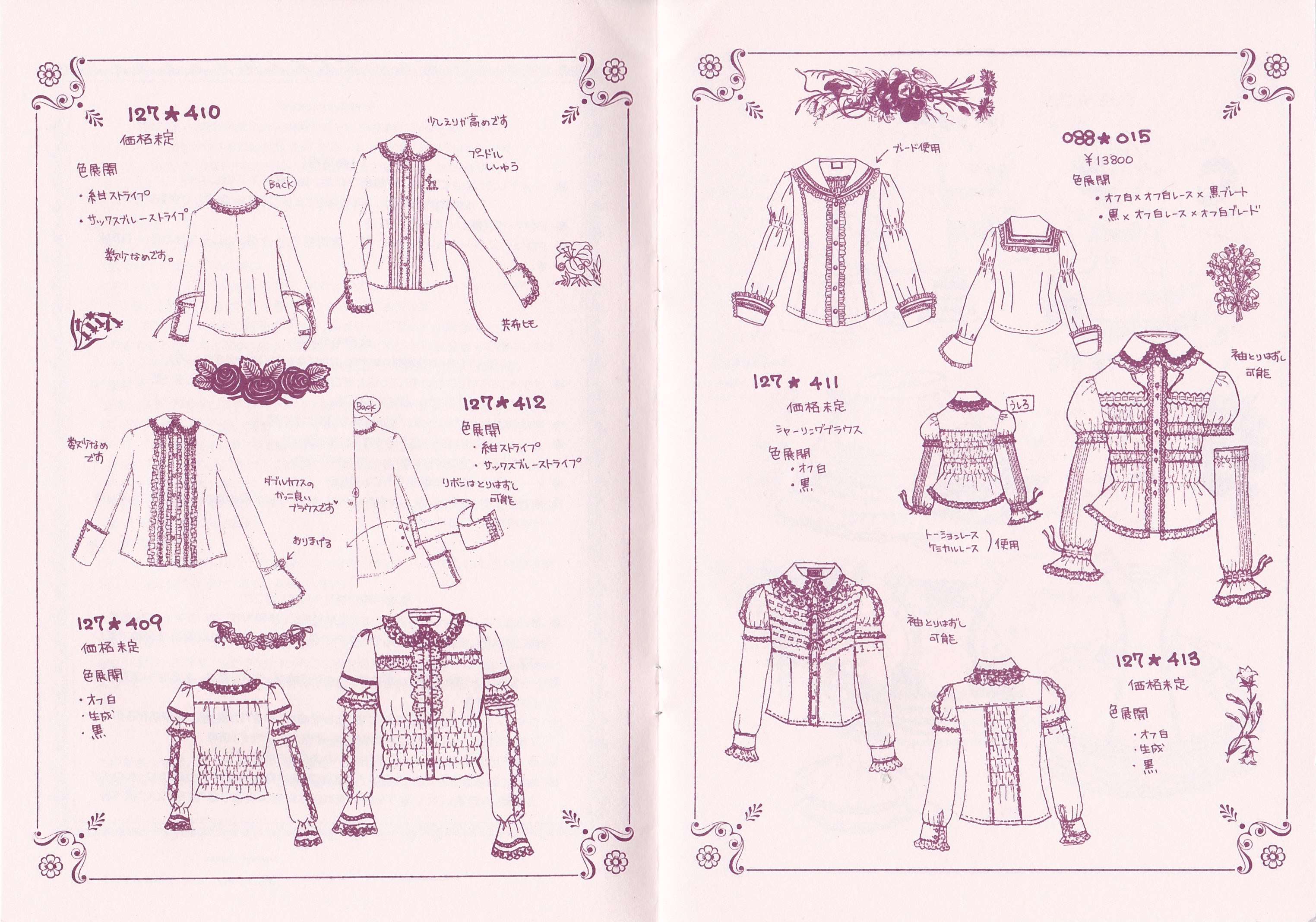
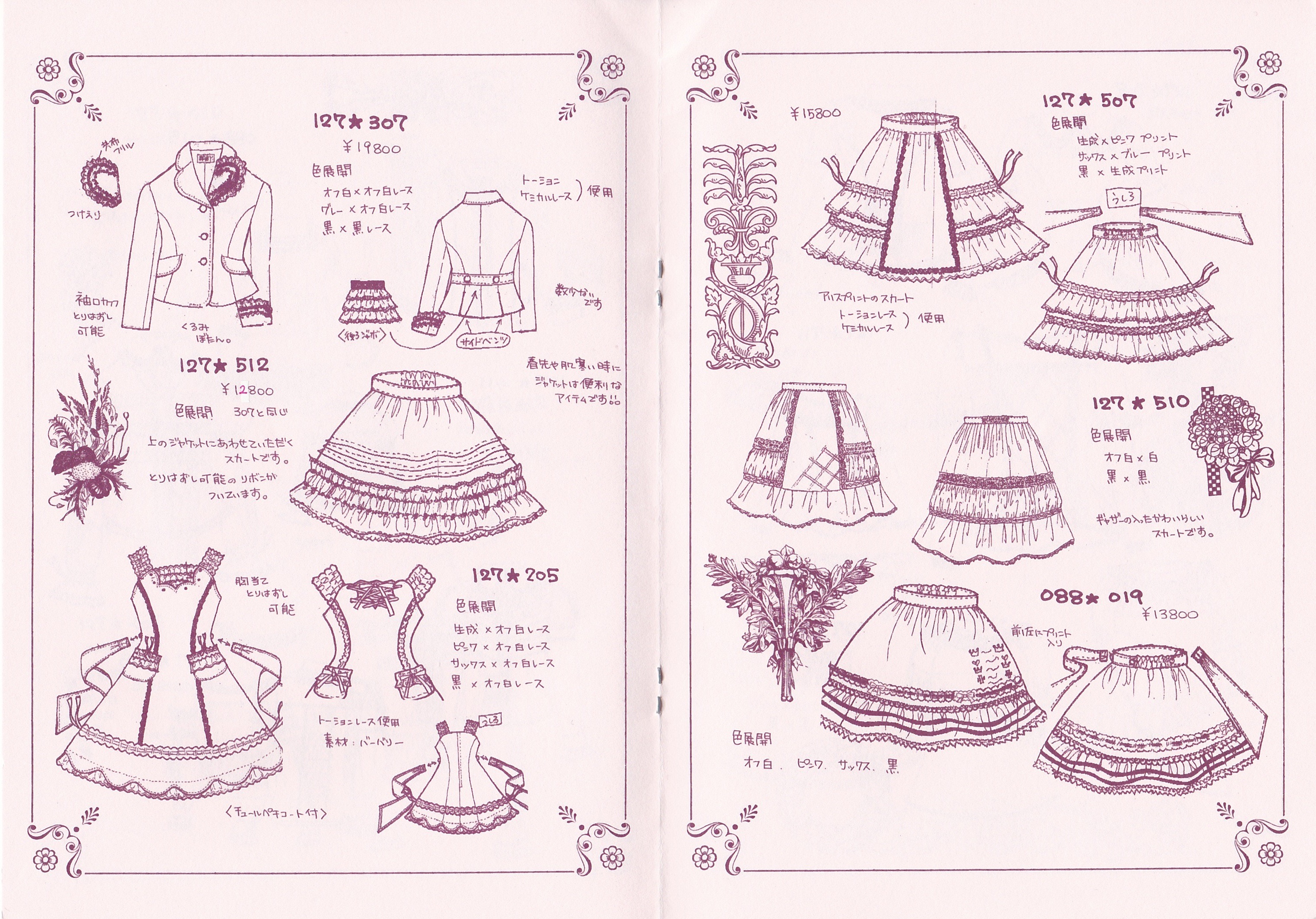
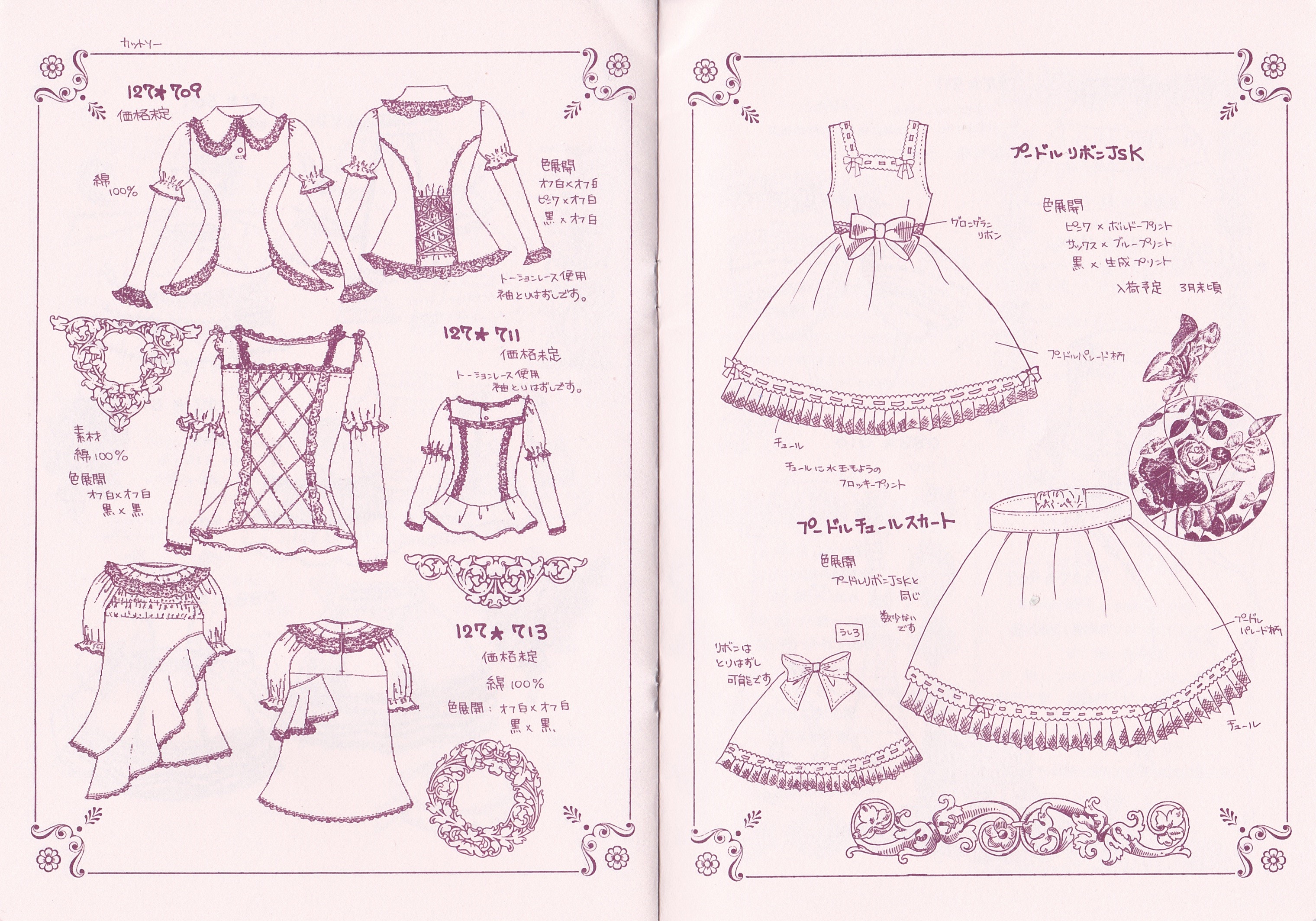
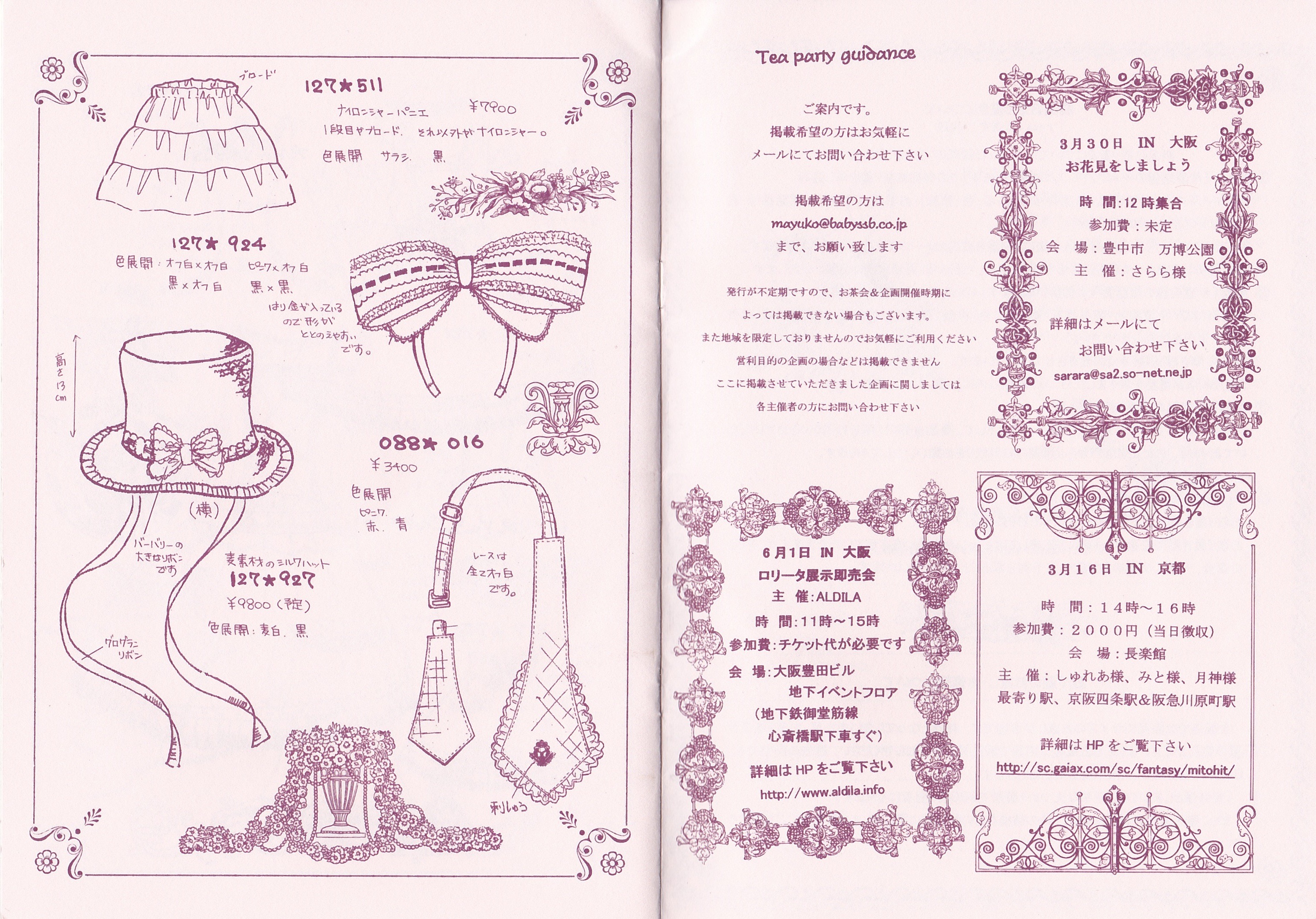
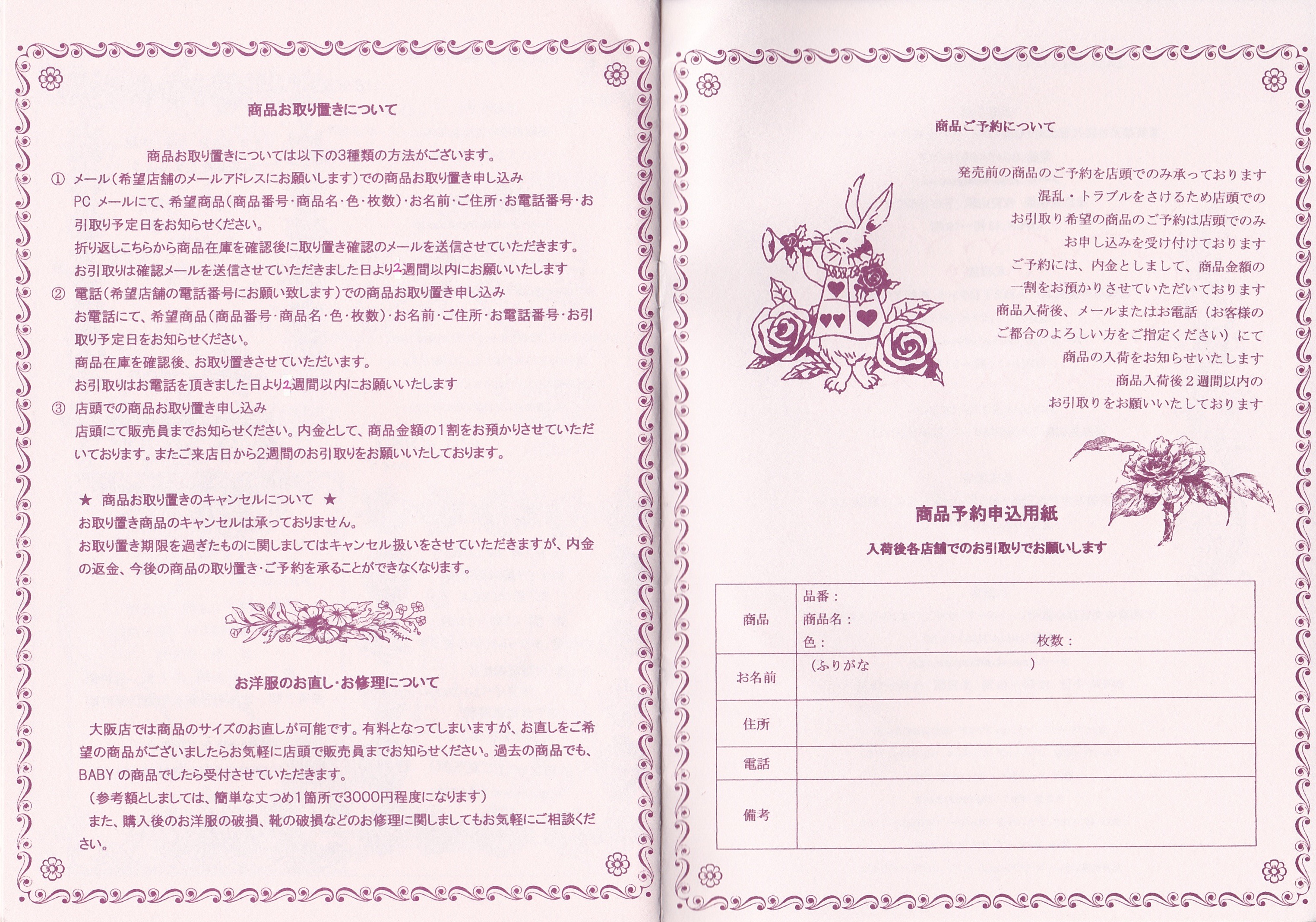

Wow, your collection is truly impressive! Even though I knew of Olive and how it relates to lolita fashion, I never even thought to look for some of the issues. And you’ve made me aware of some of those older 1-2 issue magazines, I hadn’t heard of many of them. It’s true that with street fashion it’s harder to document some things, particularly earlier in the fashion, and a lot relies on how many people who have been around since then will stay in the fashion. It’s great that we have people like the Lolibrary team who are dedicated to preserve this information. Are there any particular issues of some of these magazines or some specific titles that you are still looking for?